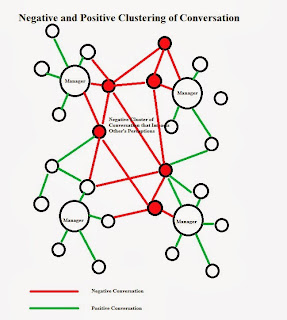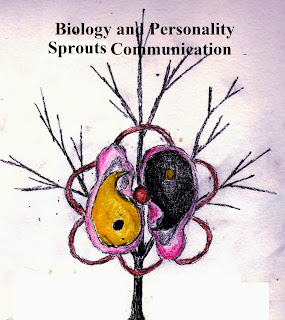Spoken language is the medium that allows us to
express ourselves and obtain information with other people. Those who can
communicate well are likely to find additional success that others are unlikely
to realize. A paper by Binod Mishra (2009) helps to define how both
verbal and non-verbal components of language interact to create higher levels
of communicative skill.
He argues that social media interferes with our
ability to communicate while writing reports and papers improve upon this
ability. Social media such as texting might be more like “ttyl” or “brb”. The
medium of cell phones limits full expression without significant effort and
cost to the user in terms of contracts. Report writing, as seen in college,
helps to encourage higher levels of expression. However, nothing compares to
the verbal skills and non-verbal we use when communicating with others.
Verbal
Skills:
Verbal skills are the vocal messages we send to
others. They can be figurative or literal. How loud we speak, the type of
voice, pitch and pronunciation say something about us as a person as well as
the message we are sharing. Most of us consciously focus on the verbal words
but subconsciously pick up the non-verbal cues.
Voice:
This is the way in which we utilize our voice to give hints about our nature
and attitude.
Volume:
People
should be knowledgeable enough to lower or raise one’s voice based upon the
audience and room acoustics.
Pitch:
Average rate of words between 120 and 175 words per minute.
Pronunciation:
The ability and skill to say the words correctly.
Non-Verbal
Cues:
Sigmund Freud once said, “He who has eyes to see and ears to hear can convince that no mortal can
keep a secret. If his lips are silent, he chats with his finger tips, betrayal
oozes out of him at every pore.” The
way in which we use our body impacts the other true meanings of our messages.
When we align our body with our messages we make a more trustworthy
communication style.
Facial
Expression: The face creates honest language based
within our biological development. Feelings like pain, annoyance, and joy are
common. The face also shows confusion, mischief, and many other thought
processes.
Eyes:
The eyes are the “windows of our soul” and expresses truthfulness, intimacy,
concern naughtiness, joy, surprise, curiosity, affection and love. Make eye
contact with the target of your conversation.
Body Movements:
Gestures and postures also contribute to communication even when the speaker
doesn’t know it.
Silence
and Pauses: Using pauses and silence can emphasis meanings
and interest.
In my experience, I have learned that it is more
important to watch the person than it is to listen to what is literally being said. Each
person comes with needs, desires, wants, and goals. Understanding them puts the
message within a broader context and this could impact how you respond to such
methods. If you watch closely enough and do it long enough you will learn
things about people they haven’t yet recognized in themselves.
Mishra, B. (2009). Role of paralanguage in effective
English communication. The Icfai
University Press; India



